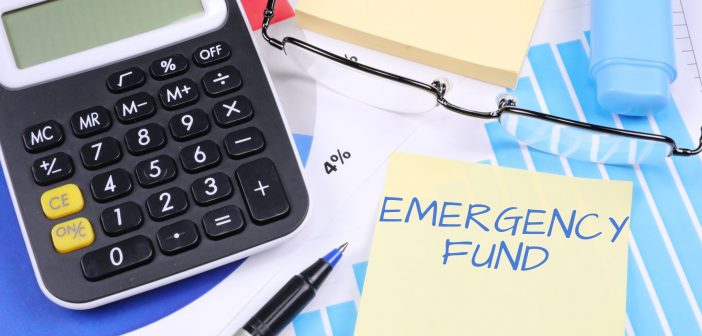In today’s unpredictable world, financial emergencies can strike at any moment, leaving families vulnerable to stress and uncertainty. Whether it’s unexpected medical expenses, sudden job loss, or home repairs, having a robust emergency fund can provide a crucial safety net for households in India. Building an emergency fund requires discipline and planning, but the peace of mind it offers is invaluable. Here’s a comprehensive guide on how to create an emergency fund tailored to the unique circumstances of Indian households.
Understanding the Importance of an Emergency Fund
An emergency fund serves as a financial cushion during unforeseen circumstances, allowing households to weather unexpected expenses without resorting to high-interest debt or depleting long-term savings. In India, where social safety nets may be limited, having an emergency fund is even more critical to ensure financial stability and protect against economic downturns or personal crises.
Setting Your Savings Goal
The first step in creating an emergency fund is determining how much to save. Financial experts recommend aiming for three to six months’ worth of living expenses. Take into account essential expenses such as rent or mortgage payments, utilities, groceries, transportation, insurance premiums, and any debt obligations. Additionally, consider factors specific to your situation, such as family size, health needs, and job stability.
Start Small, But Start Now
Building an emergency fund may seem daunting, especially if you’re living paycheck to paycheck. However, even small contributions can add up over time. Begin by setting achievable savings goals each month. Cut unnecessary expenses, such as dining out or subscription services, and redirect those funds to your emergency fund. Automate your savings by setting up a recurring transfer from your salary account to your emergency savings account.
Choose the Right Savings Vehicle
When it comes to where to stash your emergency fund, opt for a highly liquid and low-risk option. Consider opening a separate savings account specifically designated for emergencies. Look for accounts with no or minimal fees and competitive interest rates. Avoid tying up your emergency fund in investments or assets that may fluctuate in value or have penalties for early withdrawal.
Consistency is Key
Consistency is crucial in building and maintaining an emergency fund. Treat your savings contributions as non-negotiable expenses, just like rent or utility bills. Review your budget regularly to ensure you’re staying on track with your savings goals. Consider increasing your contributions whenever you receive a windfall, such as a bonus or tax refund.
Stay Focused and Flexible
Creating an emergency fund requires discipline and sacrifice, but it’s essential to stay focused on the long-term benefits. Be prepared to adjust your savings strategy as your financial situation evolves. Life changes, such as marriage, children, or career advancements, may necessitate revisiting your savings goals and adjusting your contributions accordingly.
Resist the Temptation to Dip Into Your Fund
An emergency fund is not a piggy bank for discretionary spending. Resist the temptation to dip into your fund for non-urgent expenses. Establish clear criteria for what constitutes a true emergency, such as medical emergencies, major car repairs, or job loss. Remember, the purpose of an emergency fund is to provide financial security during times of crisis, not to finance vacations or luxury purchases.
Replenish and Rebuild
If you ever need to tap into your emergency fund, make replenishing it a top priority once the crisis has passed. Resume your regular savings contributions as soon as possible to rebuild your fund to its original level. Treat it as a lesson learned and an opportunity to reassess your financial preparedness for future emergencies.
Creating an emergency fund is a fundamental step towards achieving financial stability and peace of mind for Indian households. By setting realistic savings goals, choosing the right savings vehicle, and maintaining consistency and discipline, you can build a robust financial safety net to weather any storm that comes your way. Start small, stay focused, and remember that every rupee saved brings you one step closer to financial security.





